The first European sailors to come to the Hawaiian Islands were entranced by the swaying hips and sensuous movements of hula dancers. Anyone who has watched a hula can understand the reason why hula dancers quickly became a favorite tattoo among European and American sailors in the Pacific. However, the mystery of the hula goes much deeper than the lustful gaze of lonely white men and is shrouded in history, deep meaning and epic tales.
In ancient Hawai’i (and today as well) hula dancers underwent rigorous training and were educated for years in the myths, history and philosophy of hula. Hula is not simply a dance - it is a history book and a genealogical tool which is often seen as mere entertainment by outsiders, but which Hawaiians respect, revere and learn from.
Like healers, net-makers, bird catchers, carvers and tool makers - hula practitioners were supported and protected by the chiefly class, the Ali’i, in ancient Hawai’i. Legend says that hula was born when Madam Pele, the goddess of the Volcano, begged her beautiful sister Hi’aka to dance and sing for her. Hi’aka and her sisters Laka and Kapo performed the first hula and became the patrons of this beautiful art.
Laka was the wife (and sister) of Lono, the God of agriculture and harvest. She is symbolized today by the yellow cloth wrapped block of wood you will find on the stage of more traditional hula practitioners. The complex hand and body movements in hula often refer to specific words or stories and in traditional hula, the dance is accompanied by a chant - together with the traditional instrumentation - these elements can tell complex stories about the origin of the Hawaiian people, the history of the islands or the stories of interactions with the Hawaiian Gods.
Most visitors today see a mixture of post-contact, monarchy period and plantation period hula which tells modern stories. Those who spend more time in the islands may get lucky to experience the ancient and traditional form of hula which is known as Hula Kahiko. But no matter which hula you are lucky enough to see, remember to watch the hands because those lovely hula hands are also telling a story you might miss if you only watch the hips.
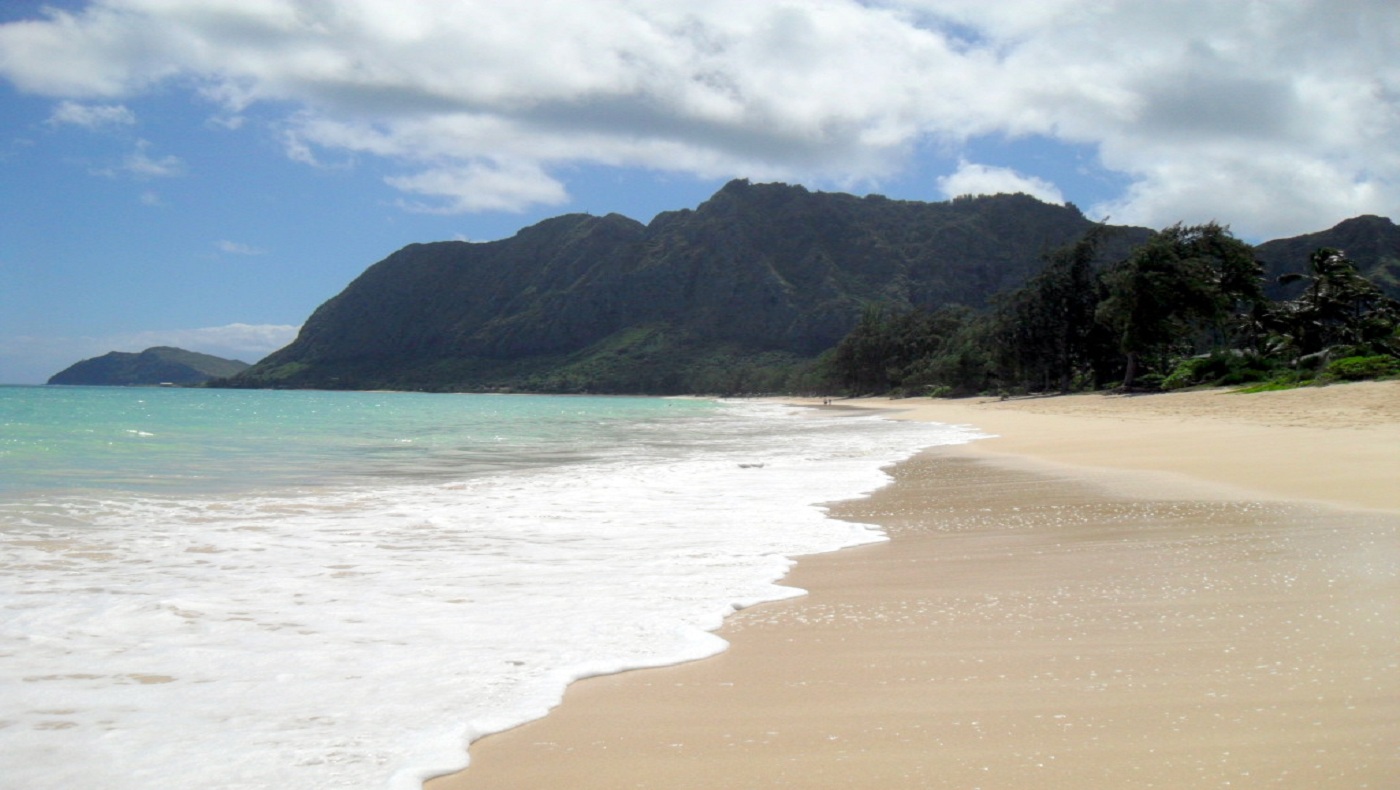




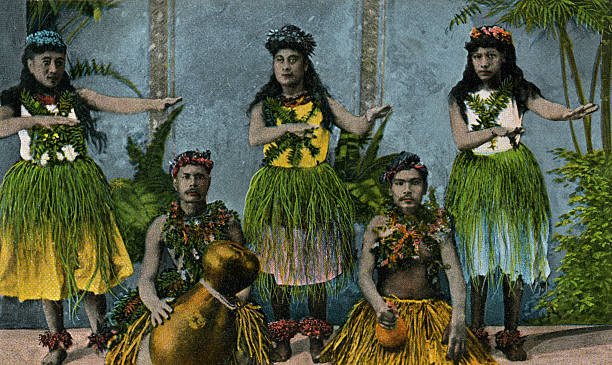
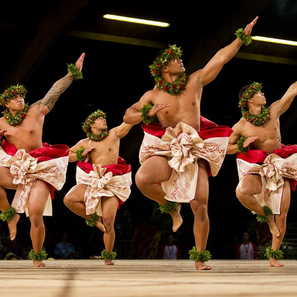
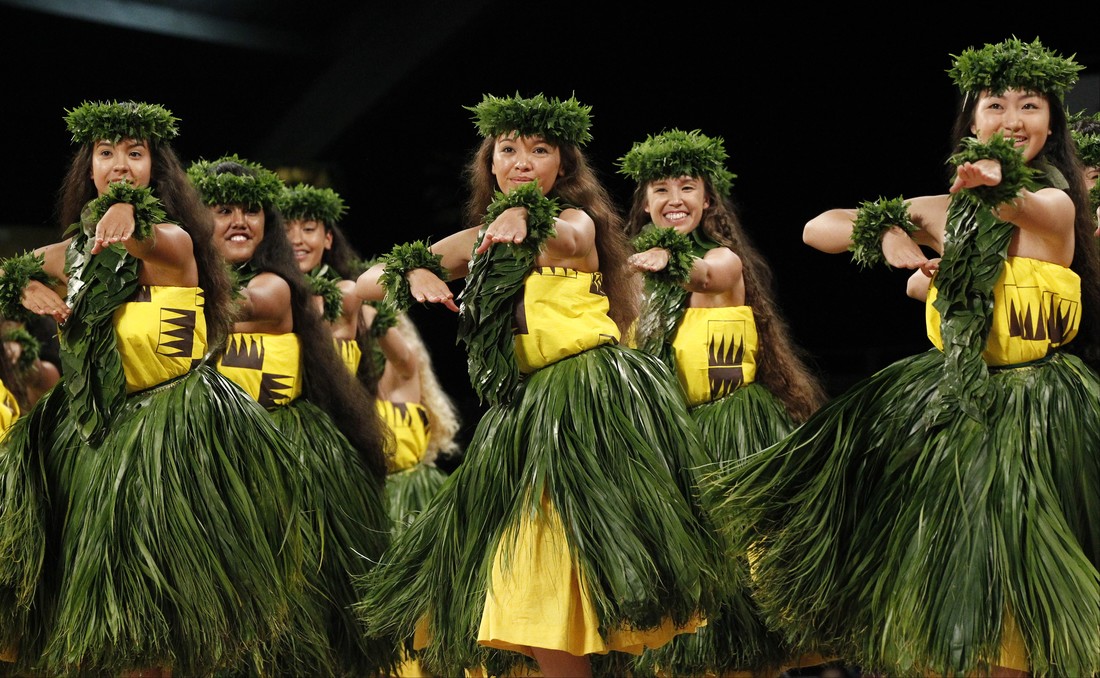
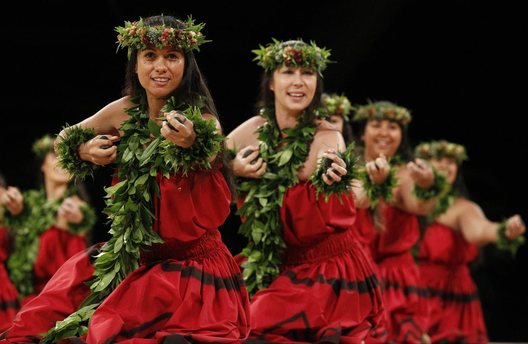
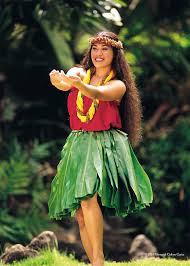
 RSS Feed
RSS Feed